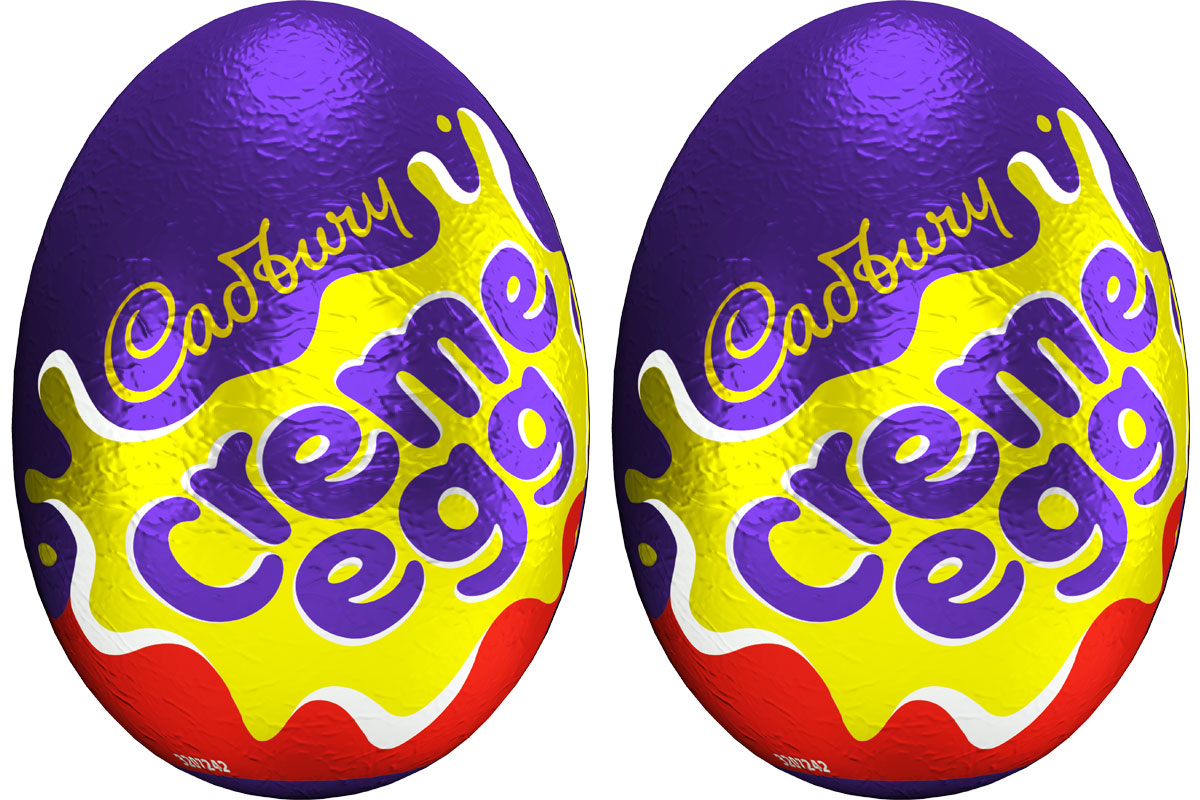Easter promo rolls around the corner

CADBURY is getting all its eggs in one basket as the brand kicks off its new Creme Egg competition, exclusive to retailers.
Building up excitement for the Easter 2025 season, Mondelēz International has rolled out its new ‘How Do You Display Yours?’ initiative for its Cadbury Creme Egg brand that invites retailers to dip into their imaginations and share their most innovative and eye-catching Cadbury Creme Egg displays.
Any retailer who shares an idea via a specially-created form on SnackDisplay.co.uk will be entered into a competition to win £1,000 worth of vouchers for first place, with four runner-up prizes ranging from £250-£500 vouchers, as well as a further 25 vouchers worth £25 up for grabs for the remaining winners.
The competition aims to engage retailers across the country to get creative in their displays that will encourage customers into stores. This also mirrors the brand’s ‘How Do You Eat Yours?’ consumer-focused campaign.
Retailers can enter the competition from 2 December, with any final submissions to be made by 28 February 2025.
Mondelēz reckons the new competition will help to take advantage of the already-popular Cadbury Creme Egg after a bumper Easter for the brand. In 2024, Nielsen Scantrack data found that 3.7 packs of Cadbury Creme Egg are sold every second during the season.
And last year also saw the introduction of Cadbury Creme Egg Tablet bars, which sold a massive 4.6million units nationwide, which made it the number one NPD for the Easter 2024 season, according to Mondelēz sales figures.
Carianne Robertson, brand executive for Cadbury Creme Egg, said: “We’re really excited to be taking the annual ‘How Do You Eat Yours?’ campaign to a platform that retailers can engage with directly.
“Given the enthusiasm towards ‘How Do You Eat Yours?’ we wanted to create an opportunity for retailers to capitalise on consumer engagement, with the addition of 30 prizes to give further support and thanks to the retailers who have supported Cadbury throughout its 200-year history.”


















